#stockholm nationalmuseum
Text

Sven Rybin (June 14, 1914 - 2012) was an autodidact, Swedish painter who lived abroad in France for most of his life and also died there aged nearly 98.
Above: Kustlandskap, 1948 - oil on canvas pasted on wooden panel (Nationalmuseum Stockholm)
#art#swedish artist#sven rybin#autodidact artist#stockholm nationalmuseum#oil on canvas#landscape painting
9 notes
·
View notes
Text

Autumn, Helmer Osslund, 1907
#art#art history#Helmer Osslund#landscape#landscape painting#Sweden#Scandinavia#Swedish art#Scandinavian art#20th century art#oil on canvas#Nationalmuseum Stockholm#autumn#autumn scene
1K notes
·
View notes
Text

Nationalmuseum, Stockholm, 1960s - Unknown Ph
147 notes
·
View notes
Text
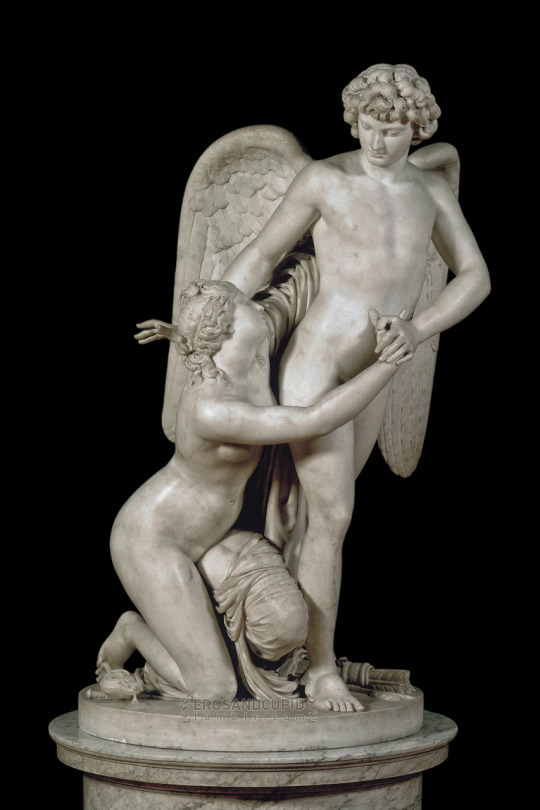
1787, Johan Tobias Sergel, Amor och Psyke
#Ioannes Tobias Sergel#Johan Tobias Sergel#saec. XVIII#1787#sculptura#Nationalmuseum Stockholm#Holmiae#Amor#Psyche#CRCZIJE
33 notes
·
View notes
Video
Fixation des patins par Athèna
Via Flickr :
Fixation des patins (XVIIIème siècle, Nationalmuseum, Stockholm) de Nicolas Lancret (1690-1743)
0 notes
Video
A Metal Flower by Henrik Sundholm
Via Flickr:
A flower artwork seen at Nationalmuseum in Stockholm, Sweden.
#flower#art#artwork#exhibition#museum#nationalmuseum#blasieholmen#50mm#dof#depth of field#bokeh#water#vase#stockholm#sverige#sweden#flickr
1 note
·
View note
Text
»Schönheit und das Unerwartete. Modernes und zeitgenössisches amerikanisches Kunsthandwerk«: Stockholm (SE) bis 21. 01.2024
Im Frühjahr 2023 zeigt das schwedische Nationalmuseum in Stockholm eine Ausstellung über amerikanisches Kunsthandwerk von den 1950er Jahren bis heute. Das Spektrum reicht von kleinen Schmuckstücken und Stühlen bis hin zu beeindruckenden Wandarbeiten und Textilien. Die Sammlung von Objekten wurde von der ehemaligen Galeristin und Kunstgewerbepädagogin Helen W. Drutt English zusammengestellt.
Helen…
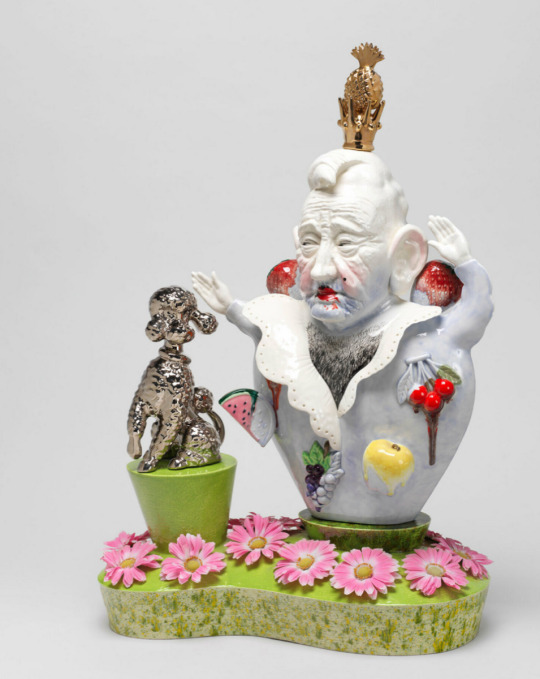
View On WordPress
#amerikanisches Kunsthandwerk#Anne Currier#Arts and Crafts#Design#Helen W. Drutt English#Jere Osgood#Jill Bonovitz#Kunst#Kunsthandwerk Handwerkskunst#Michael Hurwitz#Nancy Carman#Schmuckstücke#Stühle#Stiftung#Stockholm#Textilien#The American Friends of the Nationalmuseum of Sweden#Wandarbeiten
0 notes
Text
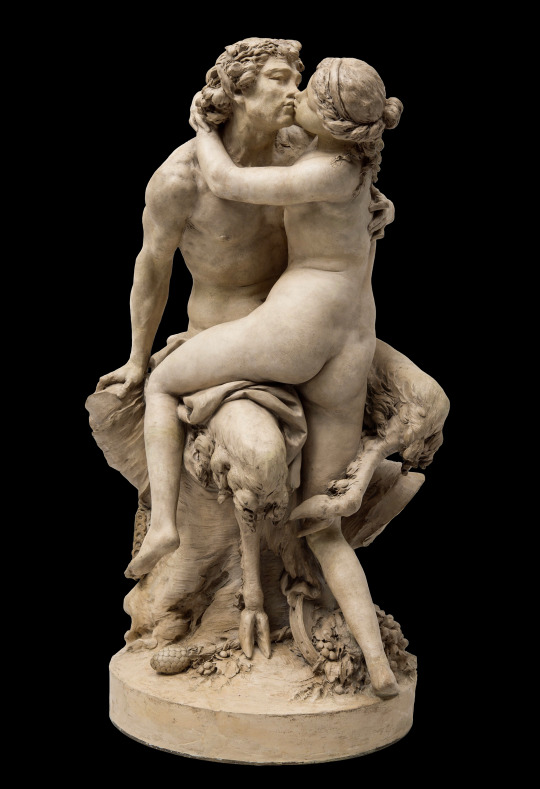
Claude Michel, 'Clodion' (French, 1738-1814)
Satyr and Bacchante, ca.1780s
Nationalmuseum, Stockholm
#Claude Michel#clodion#french art#french#france#satyr and bacchante#satyr#art#fine art#european art#classical art#europe#european#fine arts#europa#mediterranean#1700s#mythological art#mythology#mythological#western civilization#sculpture#artwork
2K notes
·
View notes
Text
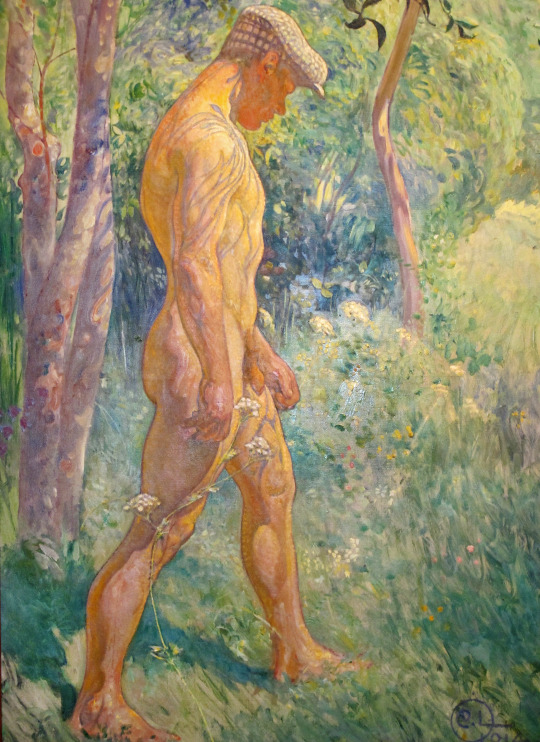
“Midsommar”, c.1914 by Carl Olof Larsson (1853–1919). Swedish painter. Nationalmuseum, Stockholm. oil on canvas
1K notes
·
View notes
Text

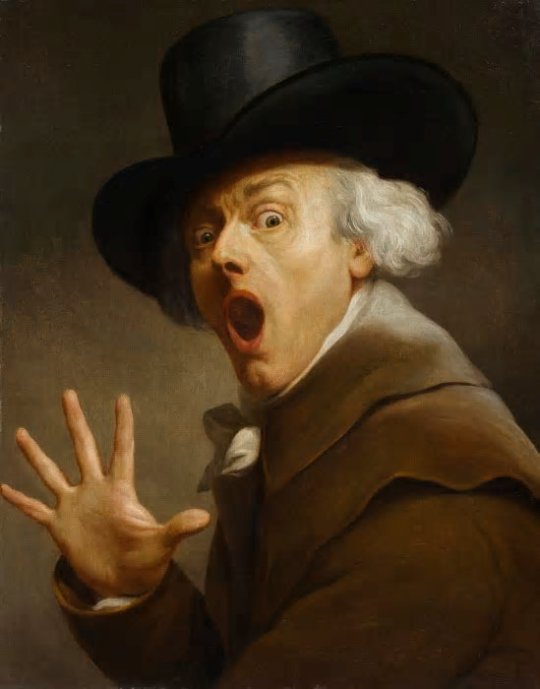
Joseph Ducreux (1735-1802)
"The Silence," "The Surprise" (1790s)
Oil on canvas
Located in the Nationalmuseum, Stockholm, Sweden
#paintings#art#artwork#genre painting#male portrait#joseph ducreux#oil on canvas#fine art#nationalmuseum#museum#art gallery#french artist#portrait of a man#self portrait#portrait of the artist#funny#humor#humour#clothing#clothes#hat#1790s#late 1700s#late 18th century#a queue work of art
301 notes
·
View notes
Text

John Bauer (June 4, 1882 - 1918) was a Swedish, Academy-trained illustrator and artist. He is best known for his troll pictures, but did other types of art as well. At age 36 he and his wife and son all drowned in a shipwreck.
Above: Prinsessan och trollen, 1913 - aquarelle on paper (Nationalmuseum, Stockholm)
#art#swedish artist#book illustration#trolls#john bauer#1910s#aquarelle#shipwreck#swedish royal academy#fairy tales#stockholm nationalmuseum
8 notes
·
View notes
Text
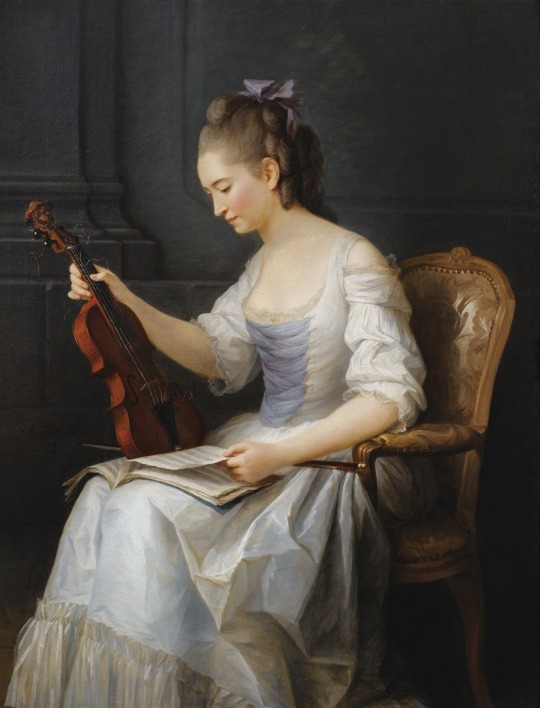
Portrait of a Violinist, Anne Vallayer-Coster, 1773
#art#art history#Anne Vallayer-Coster#female artists#portrait#portrait painting#Rococo#Ancien Regime#French art#18th century art#oil on canvas#Nationalmuseum Stockholm
230 notes
·
View notes
Text
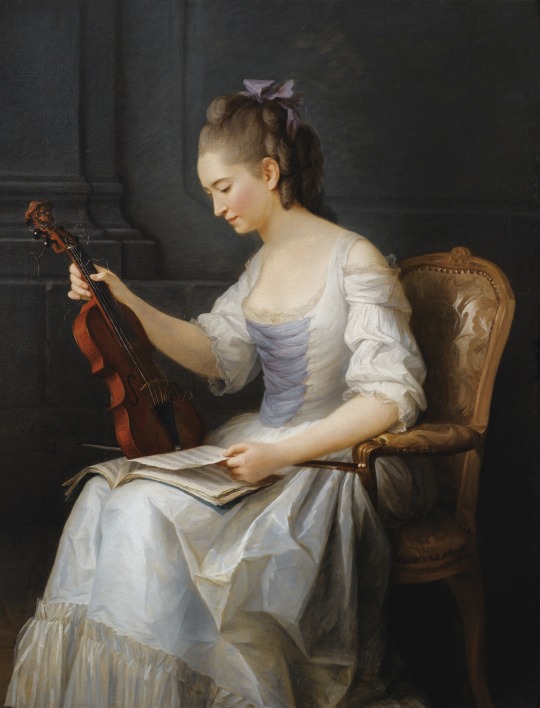
Anne Vallayer-Coster (French, 1744-1818) • Portrait of a Violinist • 1773 • Nationalmuseum, Stockholm
#musicians in artworks#women in white#art#la robe blanche#painting#white dress#women in paintings#18th century art#portrait#figurative painting#fine art#french painter
99 notes
·
View notes
Photo
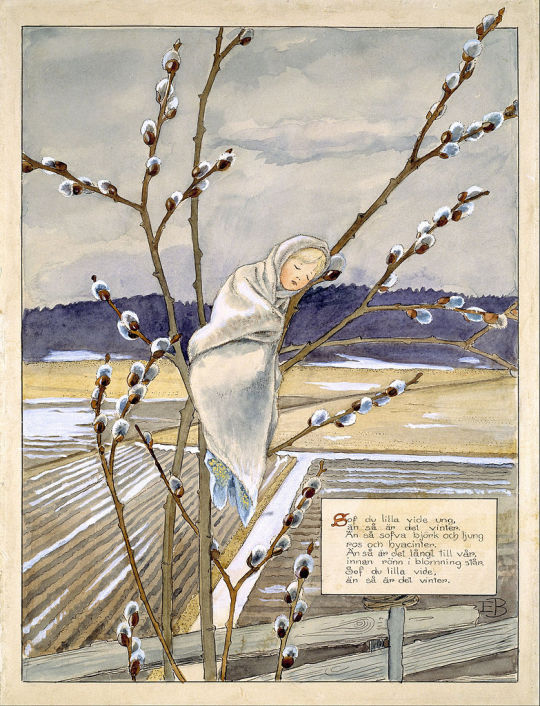
Watercolour (early 1900′s) by Elsa Beskow (Swedish, 1874 - 1953).
I think the translation of the title is something like ‘Sleep little child, it is still Winter.’
Nationalmuseum Stockholm
Wikipedia.
271 notes
·
View notes
Text
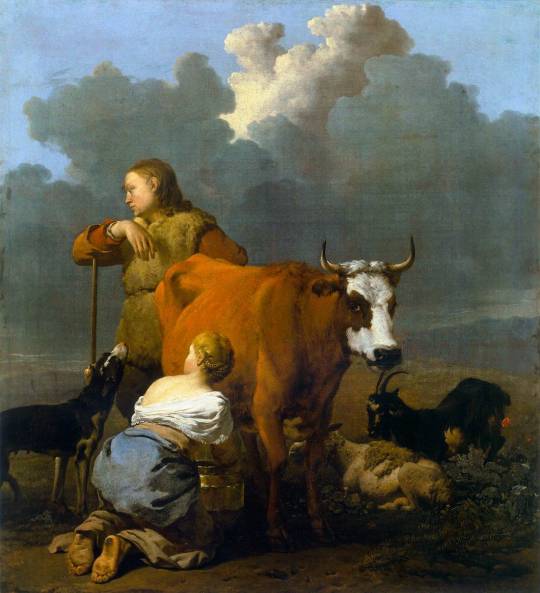
DUJARDIN, Karel
Woman Milking a Red Cow
1655-59
Oil on canvas, 66 x 59 cm
Nationalmuseum, Stockholm
50 notes
·
View notes
Text
right after Wilhelm throws all the presents there is a cut to a painting and because nothing in this show is accidental I researched a little.
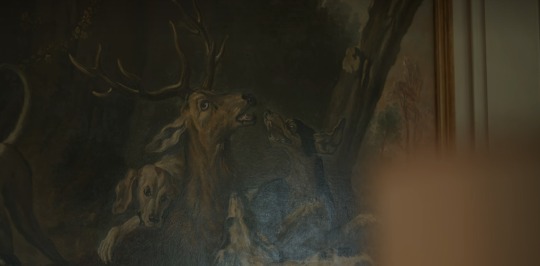
This painting is called Stag hunt by french Rococo painter Jean-Baptiste Oudry and is currently at the Nationalmuseum in Stockholm. here's a better look at the painting

during this period, the stag was used to symbolize nobility and strength while dogs represented loyalty and watchfulness. Also, the act of hunting comes with an understanding of hierarchy as it was a common past time for European aristocracy.
The way I interpret this is the stag (Wilhelm) is being hunted down by the dogs (loyal royalist and essentially everyone who supports the monarchy) while the aristocrats who gave the orders - in this case to the dogs to hunt the stag - are not even present in the picture (Wilhelm's parents). The stag is alone and surrounded.
The hunt itself serves as a form of entertainment and recreation for the elite, symbolizing their wealth and privilege.
Funny how the aristocrats are the ones hunting the symbol for nobility.
#i might be looking too much into it but oh well#young royals#wilmon#edvin ryding#omar rudberg#young royals season 3#young royals analysis#young royals spoilers
35 notes
·
View notes
